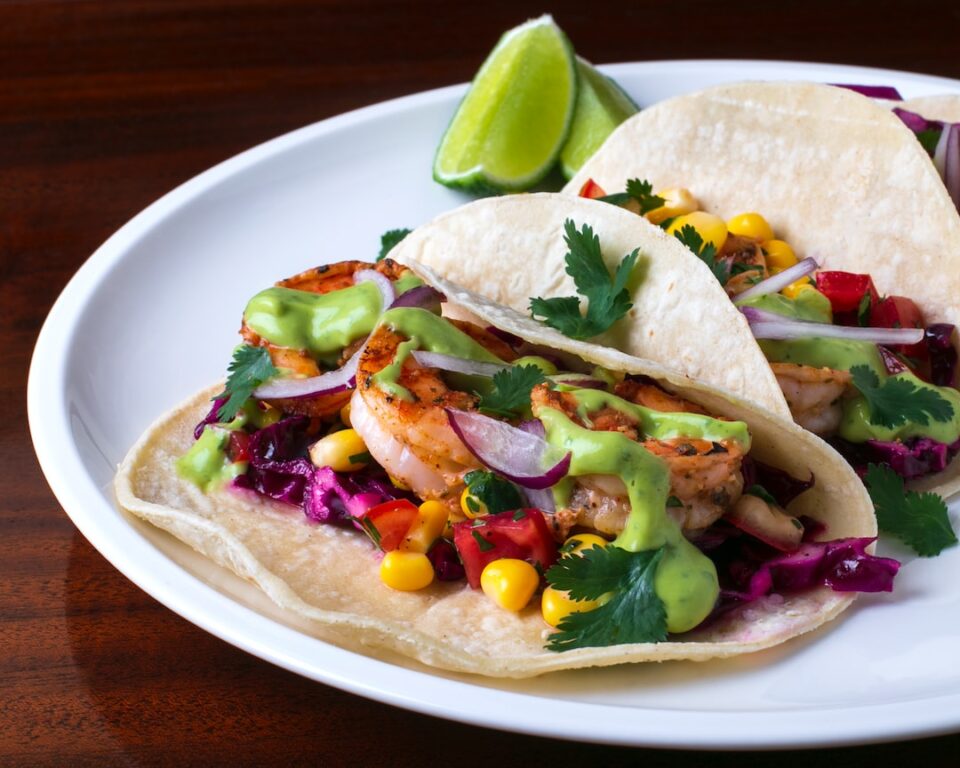The Art of Food Presentation: How to Plate Meals like a Pro
When it comes to enjoying a meal, taste is not the only factor that matters. Presentation plays a crucial role in making a meal more enticing and memorable. Just like a piece of art, a well-plated meal grabs your attention, stimulates your senses, and sets the stage for an exceptional dining experience. If you want to take your culinary skills to the next level, mastering the art of food presentation is a must. In this blog post, we will explore some key principles and techniques that will help you plate meals like a pro.
1. Plan Your Composition:
Before you start plating your meal, take the time to plan your composition. Start by considering the overall shape and balance of the plate. Create a mental image of how you want the finished plate to look. Visualize the different components and experiment with their arrangement until you achieve a visually pleasing balance. Remember, a well-plated dish tells a story and guides the diner’s eye through the different elements.
2. Use the Rule of Thirds:
The rule of thirds is a golden rule in photography, but it also applies to food plating. Imagine dividing your plate into nine equal parts using two horizontal and two vertical lines. Try to position your main elements along these imaginary lines or at their intersection points. This technique adds visual interest and creates a dynamic composition.
3. Consider Colors and Contrasts:
Colors play a vital role in food presentation. Bright, vibrant colors make food look more appealing and appetizing. When plating, consider the colors of your ingredients and aim for contrasting contrasts. Pairing light-colored ingredients with dark counterparts or adding pops of color with garnishes can make a dish visually striking. Remember to use color as a tool to enhance the overall look of your plate.
4. Vary the Textures:
Texture is another important element in food presentation. A visually interesting plate usually features a mix of different textures. Think about incorporating elements like crisp vegetables, creamy sauces, crunchy toppings, or velvety purees. These diverse textures not only create a visual contrast but also add excitement and complexity to the eating experience.
5. Pay Attention to Proportions:
Proportions are essential when plating a meal. Balancing the amount of each component on the plate ensures that no single element overwhelms the others. Keep the portions modest, allowing the diner to appreciate each ingredient’s flavors. Aim for visual harmony by avoiding overcrowding or leaving empty spaces on the plate.
6. Experiment with Heights:
Creating different heights on the plate adds visual interest and depth. Consider using stacked or layered elements to build height and dimension. Place taller ingredients towards the back and shorter ones at the front to create a sense of depth. Additionally, garnishes like herbs, microgreens, or edible flowers can be strategically placed on top to elevate the dish’s appearance.
7. Be Meticulous about Cleanliness:
No matter how stunning your plating techniques are, cleanliness should never be overlooked. Ensure that the plate is spotless before arranging and plating the ingredients. Wipe any smudges or drips around the edges of the plate for a polished look. Attention to detail will undeniably make a difference in the overall presentation.
8. Garnish with Purpose:
Garnishes are not mere embellishments; they serve a purpose. They should enhance the flavors and appearance of the dish, rather than overpowering it. Choose garnishes that complement the flavors and textures of the main components. Fresh herbs, citrus zests, edible flowers, or textured toppings like nuts or seeds can add a finishing touch to your masterpiece.
9. Get Creative with Plating Tools:
Plating tools can help you achieve professional-looking results. From offset spatulas to squeeze bottles, these tools allow for precise placement and creative designs. Experiment with different tools and techniques to create unique patterns and designs on the plate. Remember, practice makes perfect, and over time, you will develop your own plating style.
10. Think Outside the Plate:
Plating doesn’t have to be limited to plates alone. Get creative and think about other vessels that can enhance the dish’s presentation. Use slates, wooden boards, mason jars, or even edible containers made from vegetables or bread. Choosing the right vessel can elevate the dining experience and add an element of surprise.
In conclusion, mastering the art of food presentation is an essential skill for any passionate cook. With careful planning, consideration of color, texture, and proportion, and attention to detail, you can plate meals like a pro. Creating visually appealing dishes not only enhances the dining experience but also shows your commitment and passion for cooking. So, go ahead, unleash your creativity, and create edible works of art that not only taste delicious but also captivate the eyes.


